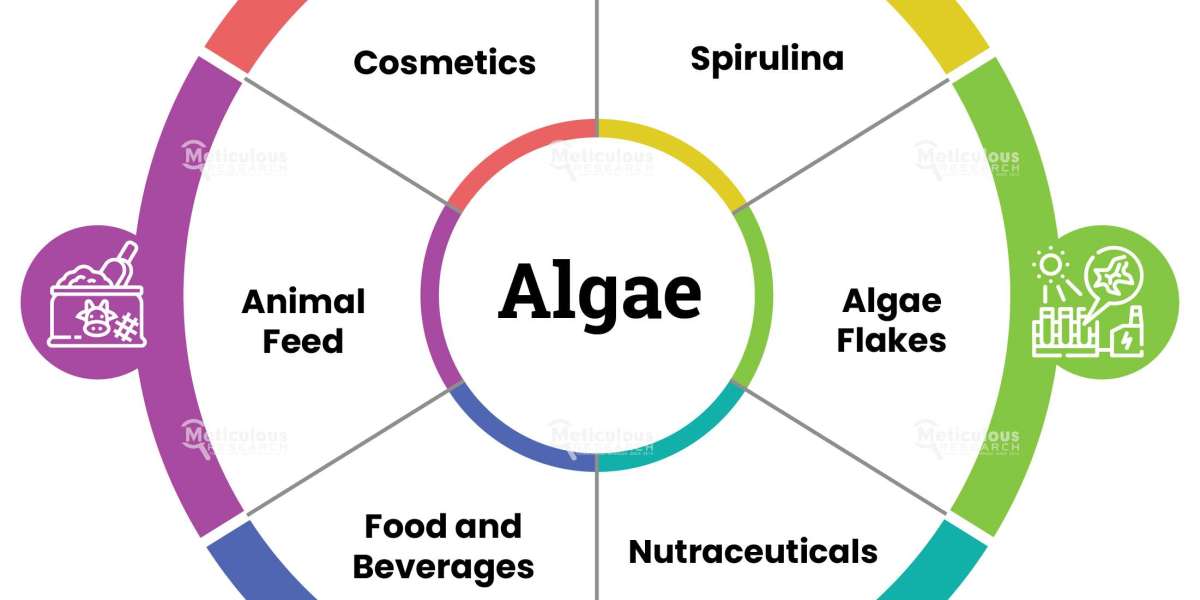Safety regulations for chemical products are crucial to protect human health, ensure environmental safety, and mitigate potential hazards associated with the handling, storage, and use of chemicals. These regulations aim to establish guidelines and standards that chemical manufacturers, distributors, and users must adhere to in order to minimize risks and promote safety.
One key aspect of safety regulations is the classification and labeling of chemical products. Chemicals are classified based on their hazardous properties, such as toxicity, flammability, and reactivity. This classification system helps to identify and communicate potential risks associated with the chemicals. Chemical products must be properly labeled with clear and standardized symbols, warnings, and safety instructions to inform users about the hazards and precautions necessary for safe handling and use.
Safety regulations also require the provision of safety data sheets (SDS) for chemical products. SDS provide detailed information about the chemical composition, physical and chemical properties, potential hazards, and recommended safety precautions. Users, including workers and emergency responders, rely on SDS to understand the risks associated with the chemicals and to implement appropriate safety measures.
Another important aspect of safety regulations is the establishment of proper storage, handling, and transportation practices for chemical products. Regulations outline specific requirements for storing chemicals, including appropriate containers, ventilation, and segregation of incompatible substances. They also provide guidelines for safe handling procedures, such as the use of personal protective equipment (PPE), proper ventilation, and spill containment measures. Transportation regulations ensure that chemicals are transported in a safe and secure manner, minimizing the risk of accidents, leaks, or spills.
Safety regulations also address the disposal of chemical waste. Proper disposal methods and practices are outlined to prevent environmental contamination and potential harm to human health. These regulations often require the use of authorized disposal facilities, treatment processes, and adherence to specific waste management procedures. Compliance with disposal regulations helps ensure that chemical waste is handled responsibly and in accordance with environmental standards.
In addition to these specific guidelines, safety regulations may also include requirements for risk assessment, occupational health and safety, emergency preparedness, and training programs. These measures aim to promote a culture of safety, increase awareness, and ensure that individuals who work with or are exposed to chemicals are equipped with the knowledge and skills necessary to mitigate risks and respond to emergencies.
Enforcement of safety regulations is typically carried out by governmental agencies responsible for chemical safety and occupational health, such as the Occupational Safety and Health Administration (OSHA) in the United States. Non-compliance with safety regulations can result in penalties, fines, or legal consequences, highlighting the importance of adherence to these regulations.
In conclusion, safety regulations for chemical products are essential to protect human health and the environment. These regulations provide guidelines for classification, labeling, storage, handling, transportation, and disposal of chemicals. By complying with safety regulations, chemical manufacturers, distributors, and users can ensure the safe and responsible use of chemical products, minimizing risks and promoting a safer working environment.



